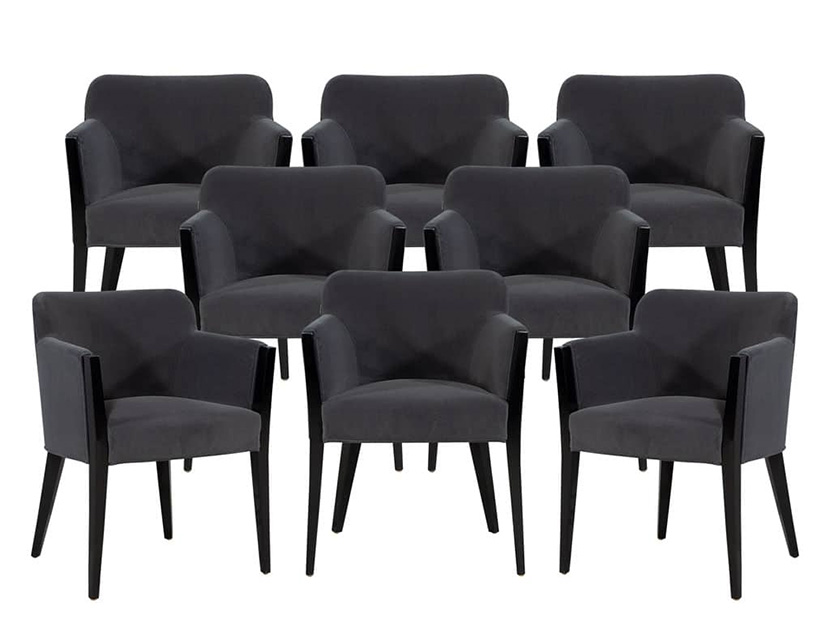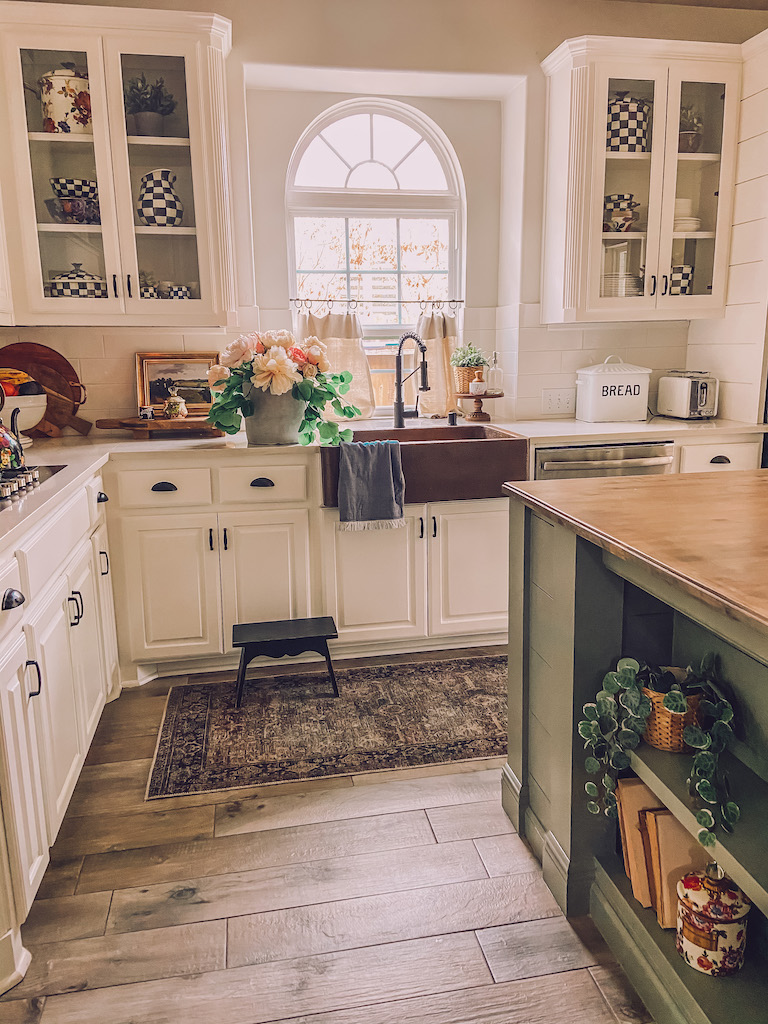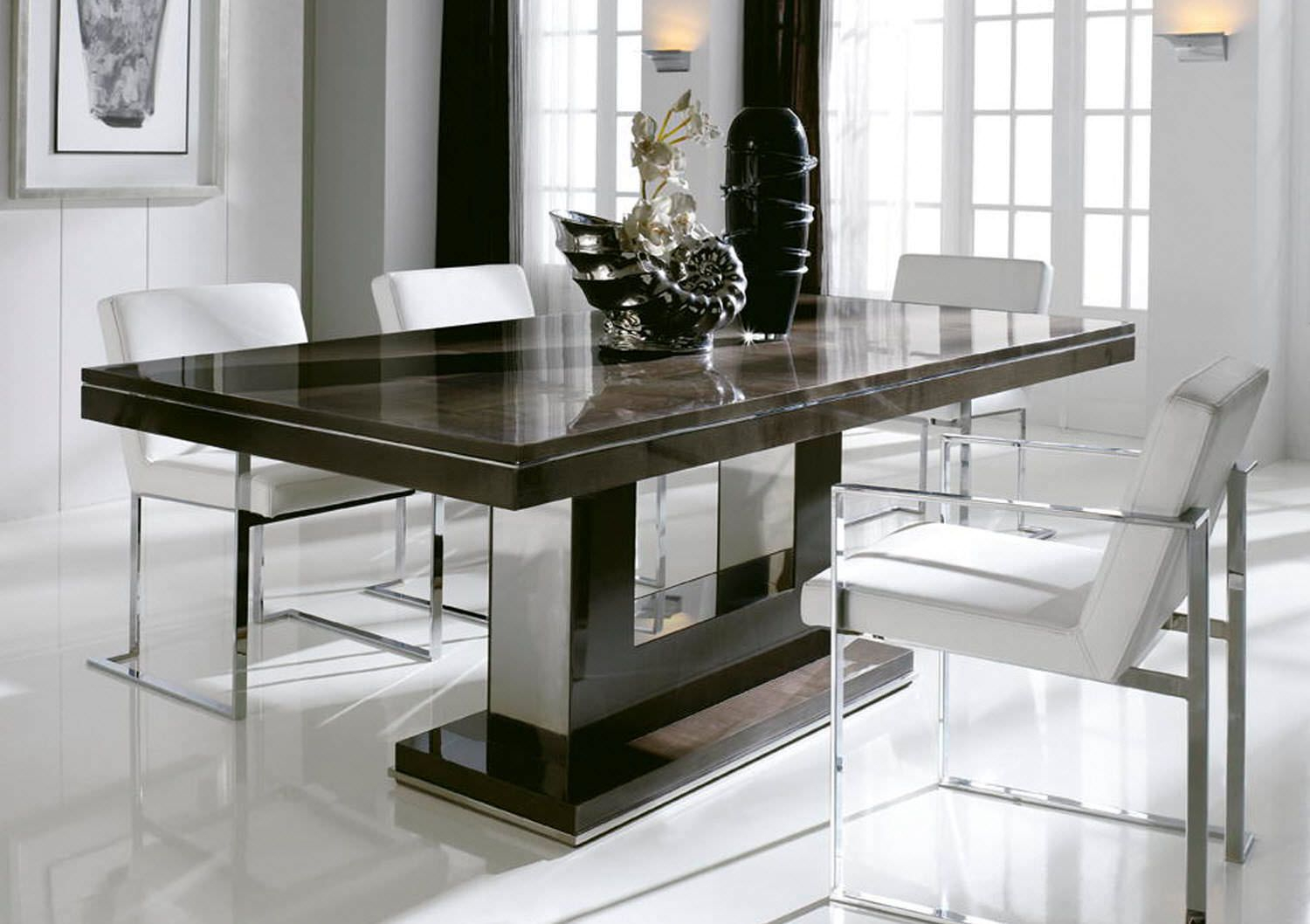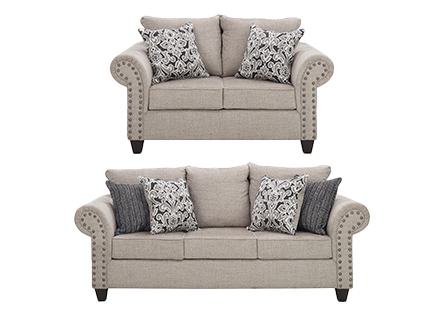When it comes to designing and decorating your home, one of the biggest questions is whether or not your kitchen table should match your dining room table. Some people swear by the cohesive look of matching tables, while others prefer a more eclectic and unique approach. So, what's the right answer? Well, it all depends on your personal preferences and the overall style of your home. Let's explore the pros and cons of matching kitchen and dining room tables to help you make the best decision for your space.1. Matching Kitchen and Dining Room Tables: Do or Don't?
Let's start with the pros of matching tables. One major advantage is that it creates a cohesive and harmonious look in your home. When your kitchen and dining room tables match, it can make the space feel larger and more put-together. It also makes it easier to decorate and coordinate other elements in the room, such as chairs and decor. On the other hand, the biggest con of matching tables is that it can be a bit boring and predictable. It may lack the personality and character that comes with mixing and matching different pieces. Additionally, it can be more expensive to purchase matching sets, and if one piece gets damaged, it may be difficult to replace just one item without disrupting the matching look.2. The Pros and Cons of Matching Kitchen and Dining Room Tables
If you do decide to go with matching tables, there are some tips to keep in mind to create a cohesive and stylish look. One idea is to choose tables with similar shapes and materials, but with slight variations in color or design. This will add some visual interest while still maintaining a cohesive look. Another option is to use the same table in different sizes. For example, if you have a large rectangular dining table, you can use a smaller square or round version in the kitchen. This creates a sense of continuity while still providing some variation in the space.3. How to Coordinate Your Kitchen and Dining Room Tables
If you're feeling more adventurous and want to mix and match your tables, there are endless possibilities for creating a unique and stylish look. One idea is to use tables with different shapes but similar materials. For example, a round wooden dining table can be paired with a rectangular metal kitchen table. This creates a balanced and interesting juxtaposition in the space. You can also mix and match tables with different styles. For example, a modern glass dining table can be paired with a rustic wooden kitchen table for a chic and unexpected look. The key is to find pieces that complement each other and tie in with the overall design aesthetic of the room.4. Mixing and Matching: Creative Ways to Combine Kitchen and Dining Room Tables
We've explored the pros and cons, but what do the experts say about matching kitchen and dining room tables? Well, it seems to be a matter of personal preference. Some designers believe that matching tables create a cohesive and timeless look, while others argue that mixing and matching adds character and personality to the space. Ultimately, it's important to consider your own style and the overall design of your home. If you love the idea of a cohesive and coordinated look, then go for it! But if you prefer a more eclectic and unique approach, then don't be afraid to mix and match.5. Should Your Kitchen Table Match Your Dining Room Table? Expert Opinions
If you've decided to go with matching tables, here are some tips to help you achieve a cozy and cohesive look. First, choose tables with similar shapes and materials, such as a round wooden dining table and a round wooden kitchen table. This creates a sense of balance and harmony in the space. Next, consider adding some variation with different chairs or decor elements. This will break up the matching look and add some visual interest. You can also play with patterns and textures to add depth and dimension to the room.6. Cozy and Cohesive: Tips for Matching Your Kitchen and Dining Room Tables
When it comes to matching tables, there are a few dos and don'ts to keep in mind. Do choose tables with similar colors and materials for a cohesive look. Don't be afraid to mix in different chairs or decor pieces to add some personality. Do experiment with different styles and shapes, but don't go too far out of your comfort zone. Remember, the key is to create a balanced and harmonious look while still adding some variation to keep things interesting.7. The Dos and Don'ts of Matching Kitchen and Dining Room Tables
Another option to consider is finding a balance between matching and contrasting elements in your kitchen and dining room tables. For example, you can choose tables with similar shapes and materials, but in different colors. This creates a cohesive look while still adding some variation and personality to the space. You can also mix and match chairs with different styles or patterns to add some contrast and interest. This will create a visually appealing and unique look in your home.8. Matching vs. Contrasting: Finding the Right Balance for Your Kitchen and Dining Room Tables
Choosing the right kitchen and dining room tables for a cohesive look can be overwhelming, but it doesn't have to be. Start by considering the overall style and design of your home. If you have a more modern and minimalist aesthetic, then opt for tables with clean lines and simple designs. If your home has a more traditional or rustic feel, then look for tables with warm and natural materials, such as wood or wicker. Remember, the key is to find pieces that complement each other and tie in with the overall design aesthetic of your home.9. How to Choose the Perfect Kitchen and Dining Room Tables for a Cohesive Look
Lastly, let's answer the question: is matching kitchen and dining room tables a trend or a timeless design choice? Well, the truth is, it can be both. Matching tables have been a popular choice for many years, and they continue to be a classic and timeless option for creating a cohesive and harmonious look in your home. However, with the rise of more eclectic and personalized design styles, mixing and matching tables has become a trend in recent years. But whether you choose to match or mix, the most important thing is to create a space that reflects your personal style and makes you feel comfortable and happy.10. Matching Kitchen and Dining Room Tables: A Trend or a Timeless Design Choice?
Why Matching Your Kitchen and Dining Room Tables Can Enhance Your Home Design
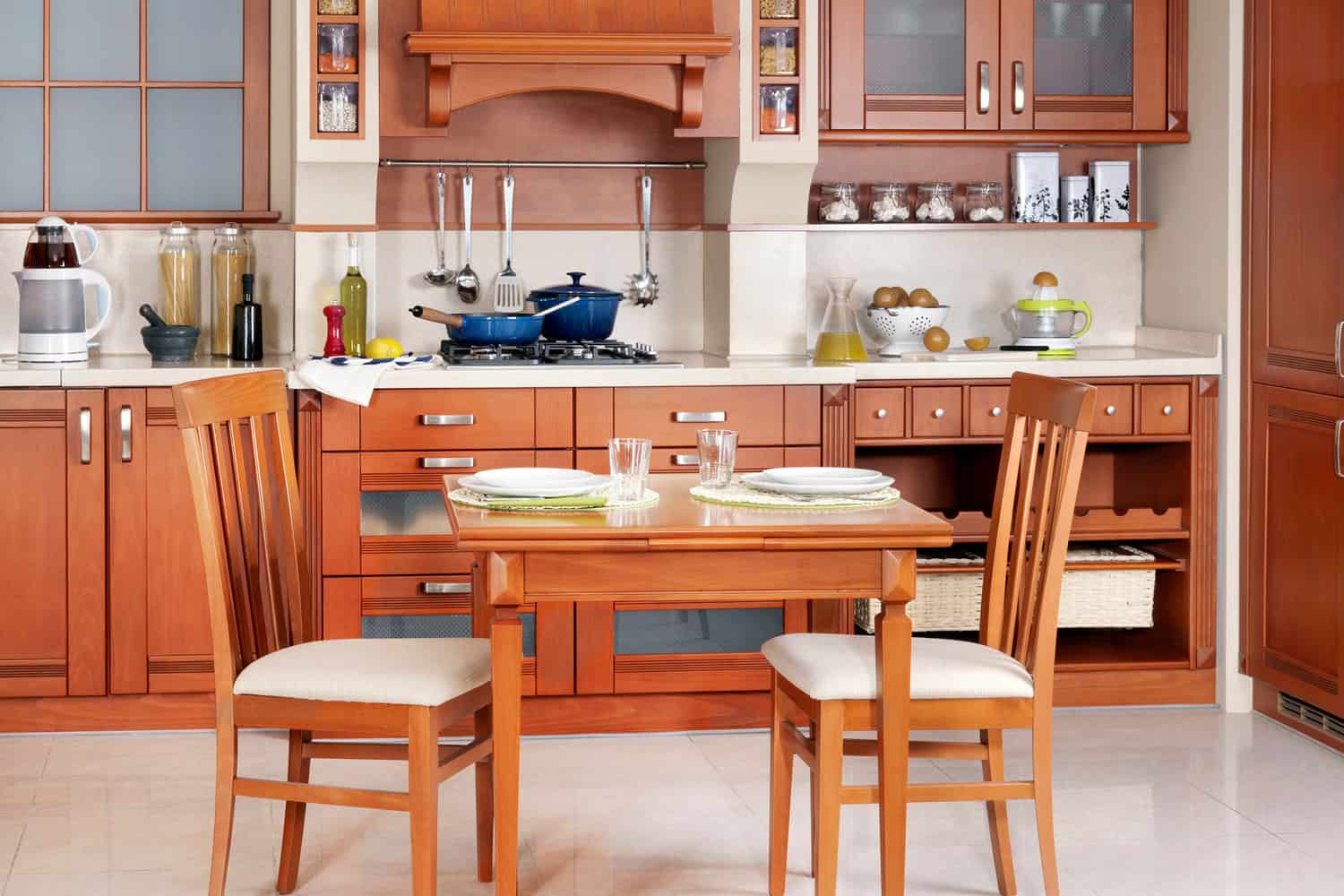
The Importance of Cohesion in Home Design

When it comes to decorating your home, creating a cohesive and harmonious space is key. From color schemes to furniture choices, every element plays a role in the overall aesthetic of your home. One area that is often overlooked but can make a big impact is the matching of your kitchen and dining room tables. While it may seem like a minor detail, having these two important pieces of furniture match can greatly enhance the design of your home.
Bringing Balance and Symmetry
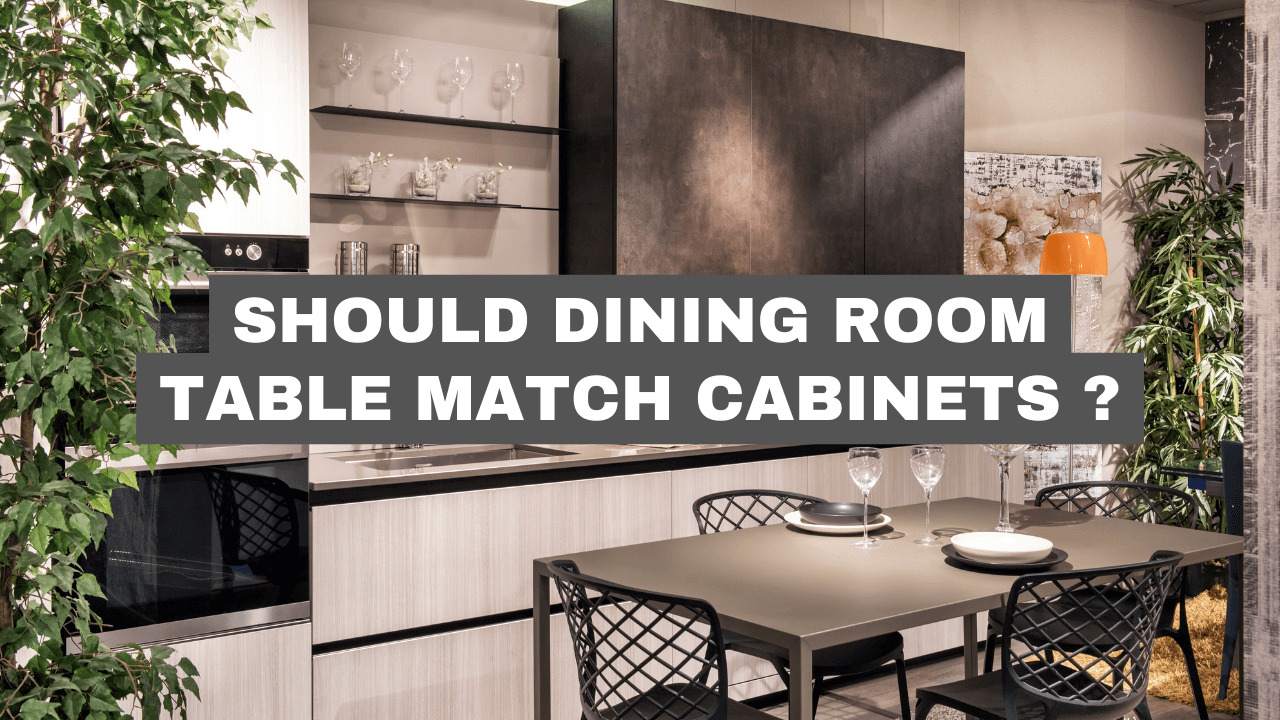
One of the main reasons to consider matching your kitchen and dining room tables is to bring balance and symmetry to your home. These two rooms are often connected and are used for similar purposes - dining and entertaining. Having matching tables in these spaces creates a sense of continuity and flow, making your home feel more put together and intentional.
Creating a Sense of Unity

Matching tables in your kitchen and dining room can also create a sense of unity in your home. This is especially important if these two rooms are open to each other or have a similar design style. By having the same table in both spaces, you are tying them together and creating a cohesive look. This can be especially beneficial for smaller homes or open floor plans, where each room flows into the next.
Maximizing Space and Functionality

Another advantage of having matching tables in your kitchen and dining room is maximizing space and functionality. If your kitchen and dining areas are on the smaller side, having one table that can serve both purposes can save valuable space. This also allows for a smooth transition between cooking and dining, making meal prep and entertaining easier and more efficient.
Adding a Touch of Elegance
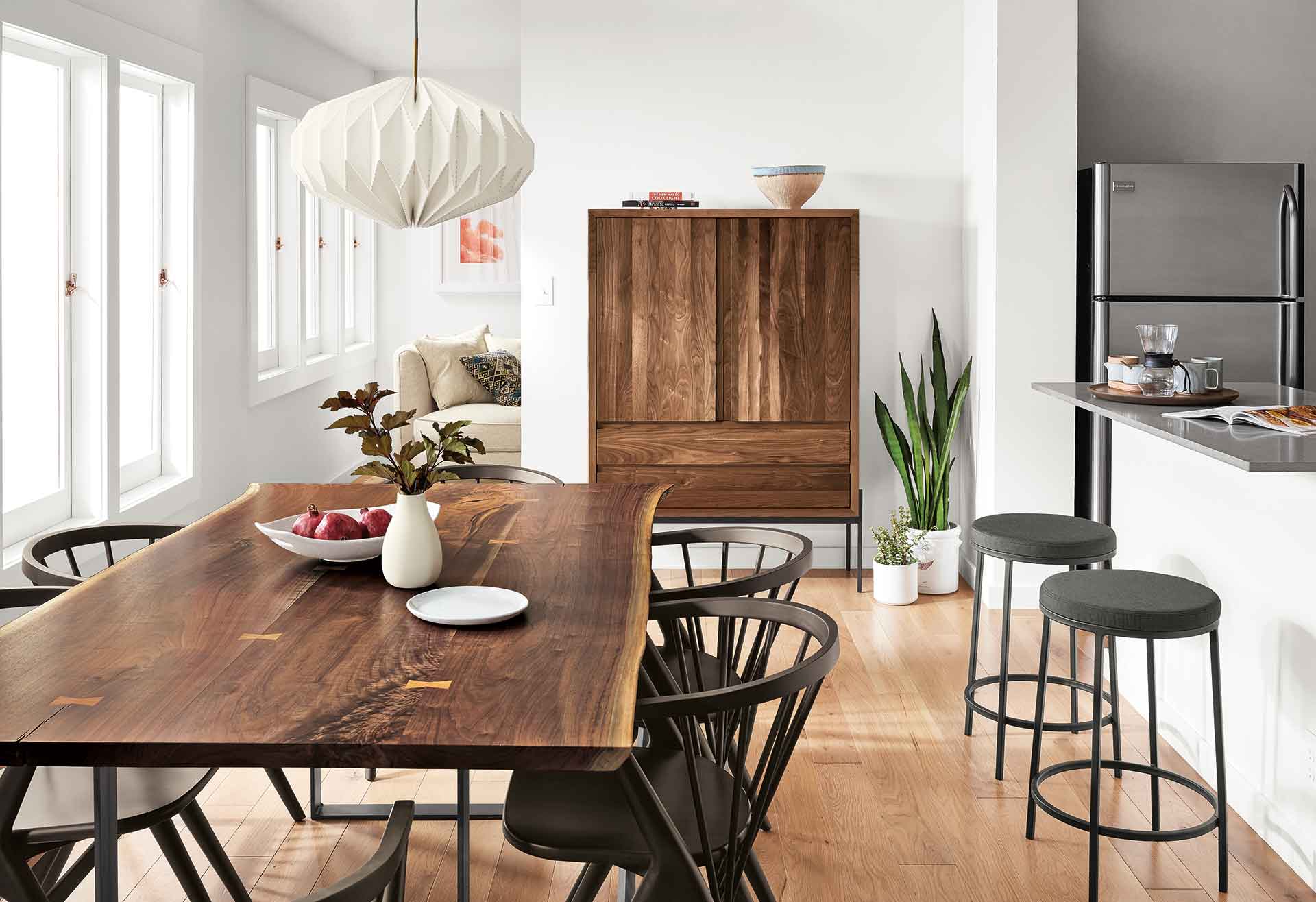
Lastly, having matching kitchen and dining room tables can add a touch of elegance and sophistication to your home design. It shows attention to detail and a sense of style, making your home feel more upscale and put together. This is especially true if you choose high-quality, well-designed tables that complement each other in both form and function.
Overall, while it may not seem like a crucial decision, matching your kitchen and dining room tables can greatly enhance the design of your home. From creating a sense of balance and unity to maximizing space and adding an elevated touch, this small detail can make a big impact. So next time you're considering a home design update, don't overlook the importance of coordinating your kitchen and dining room tables.



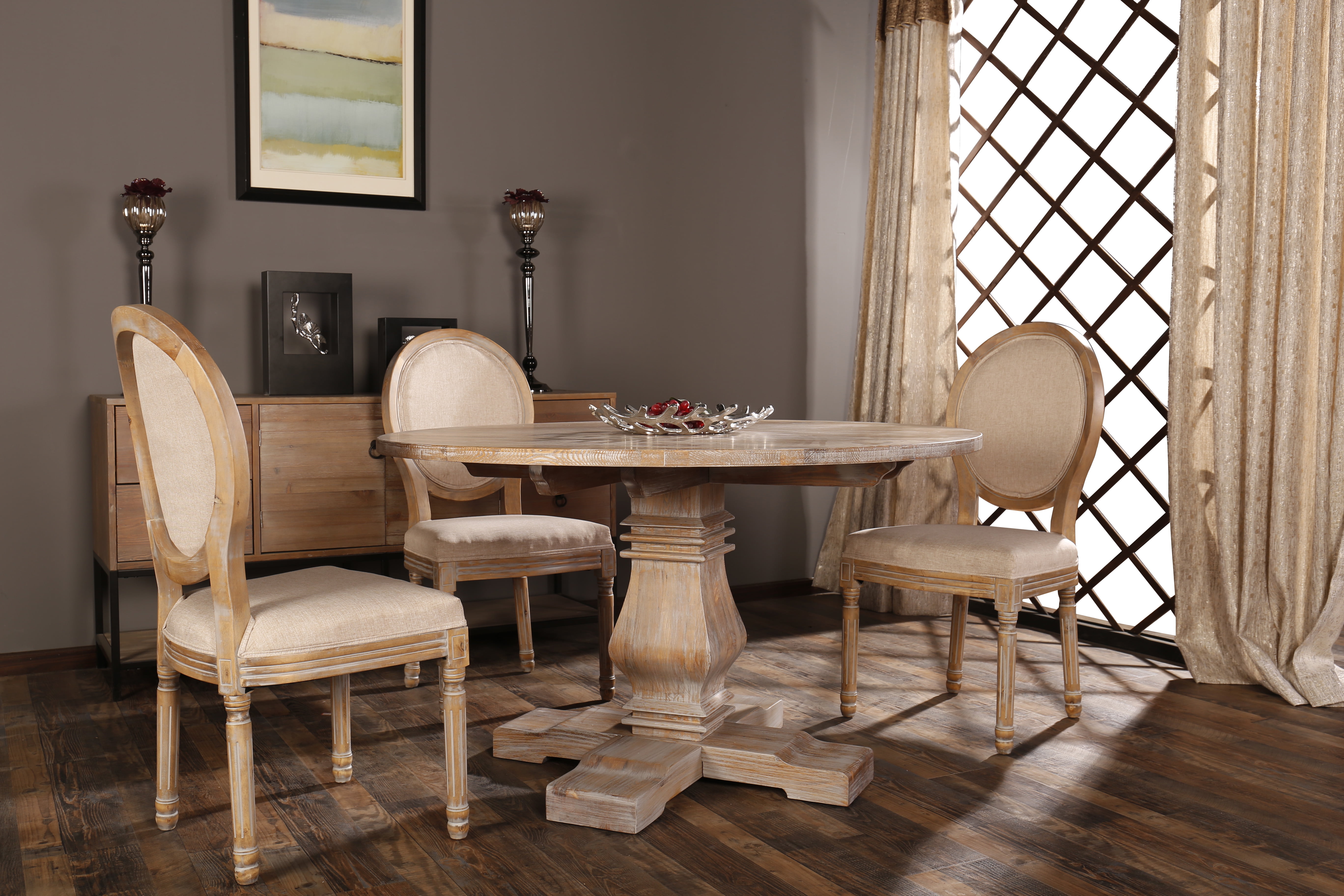






:max_bytes(150000):strip_icc()/open-kitchen-dining-area-35b508dc-8e7d35dc0db54ef1a6b6b6f8267a9102.jpg)


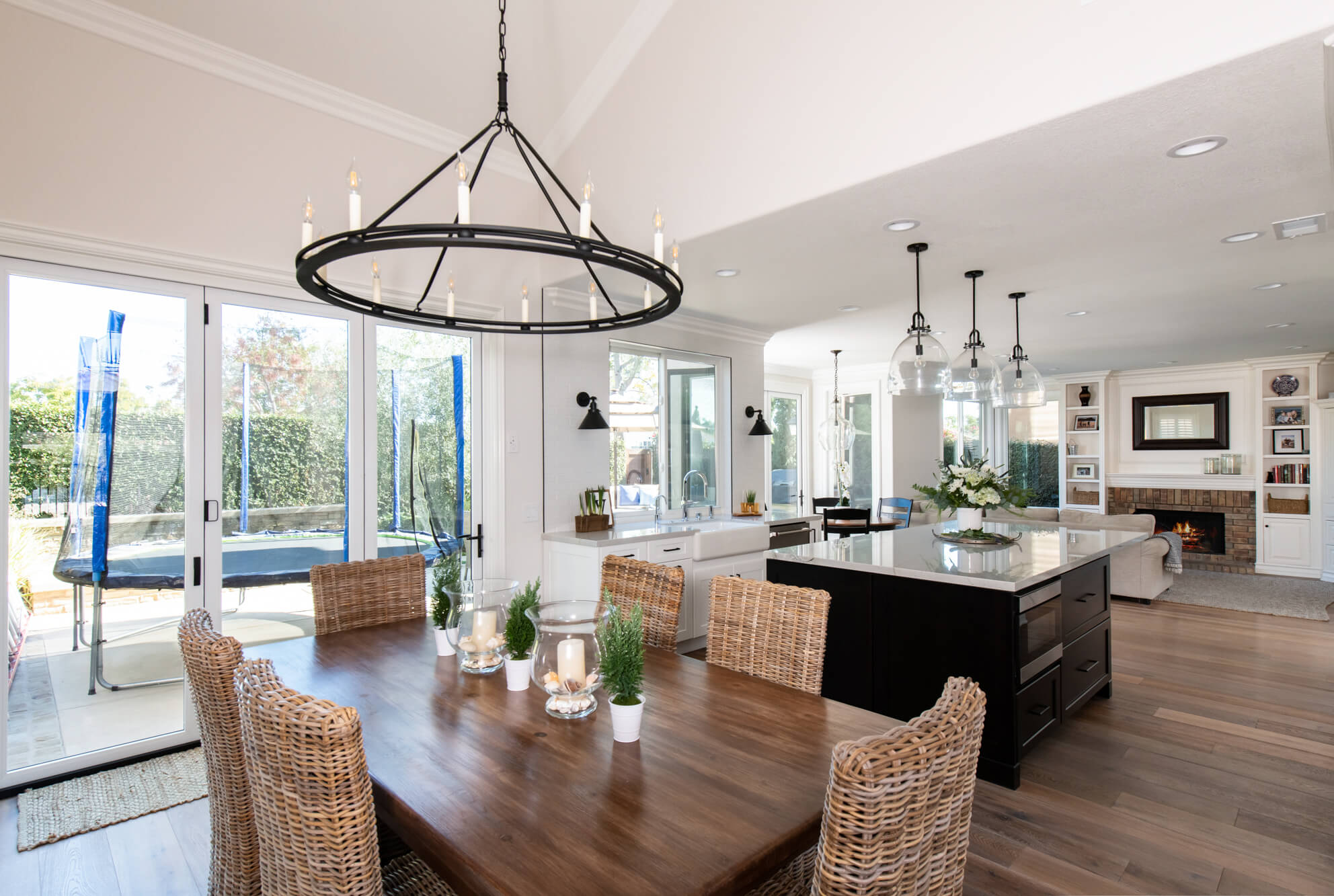
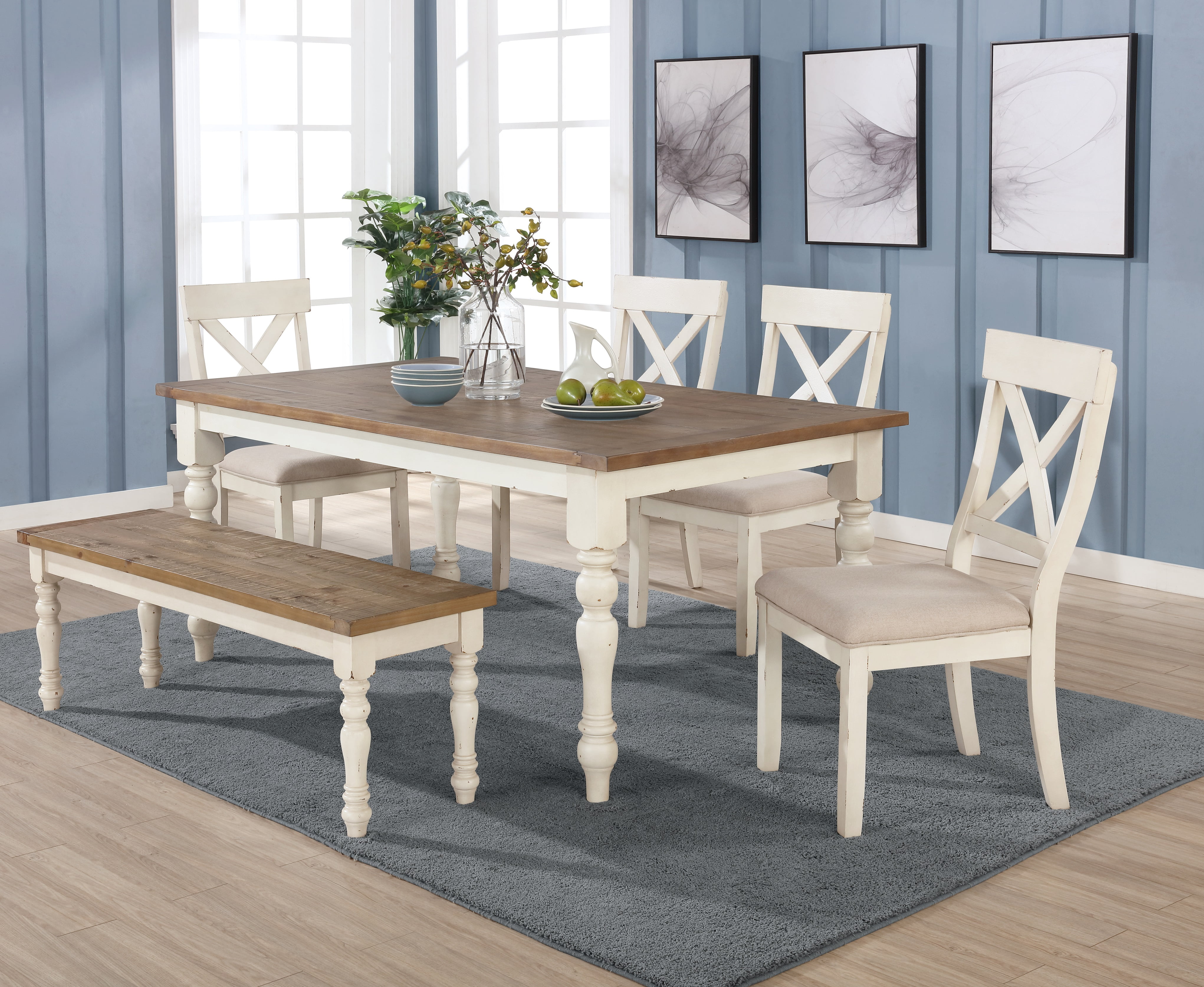

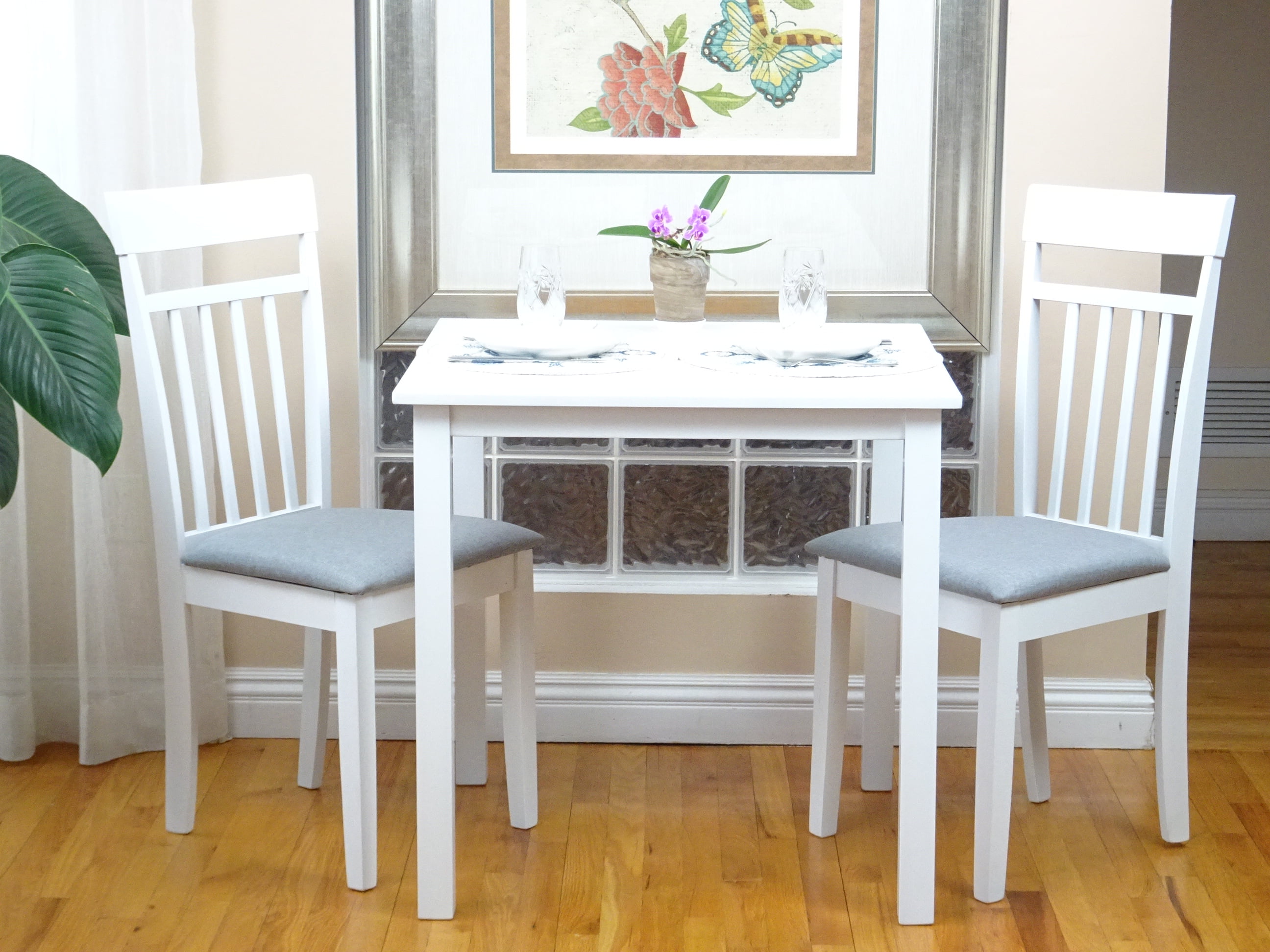
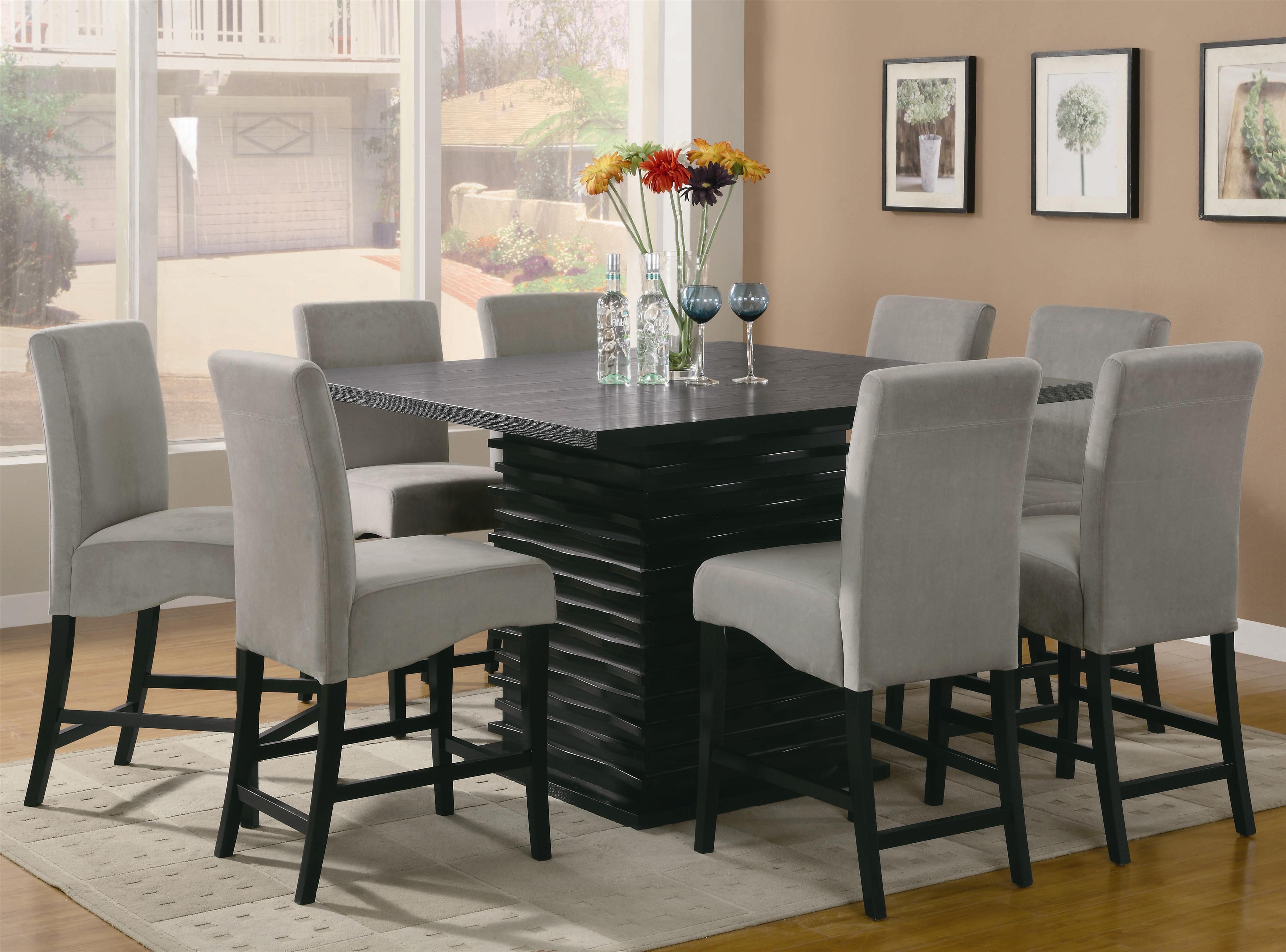
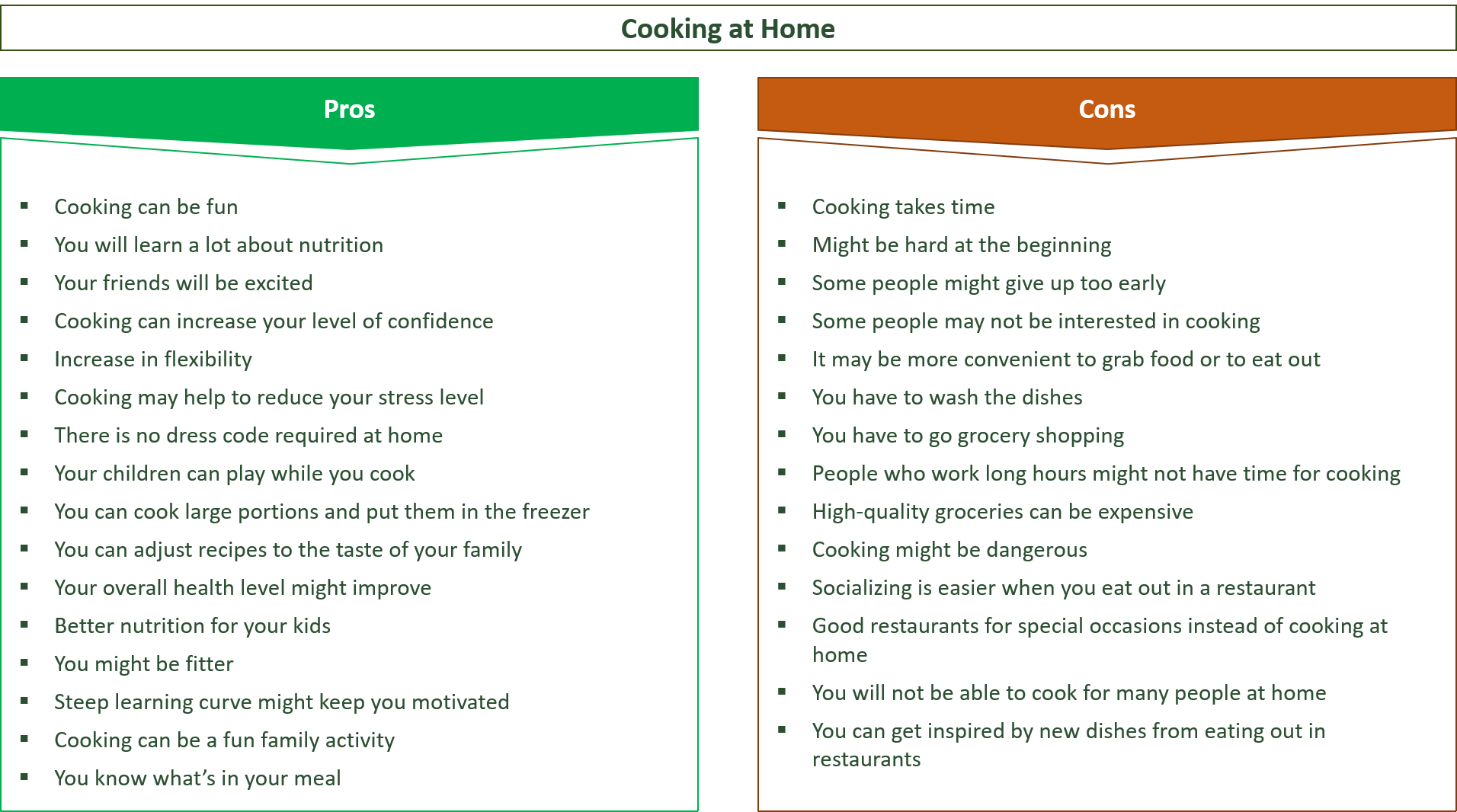


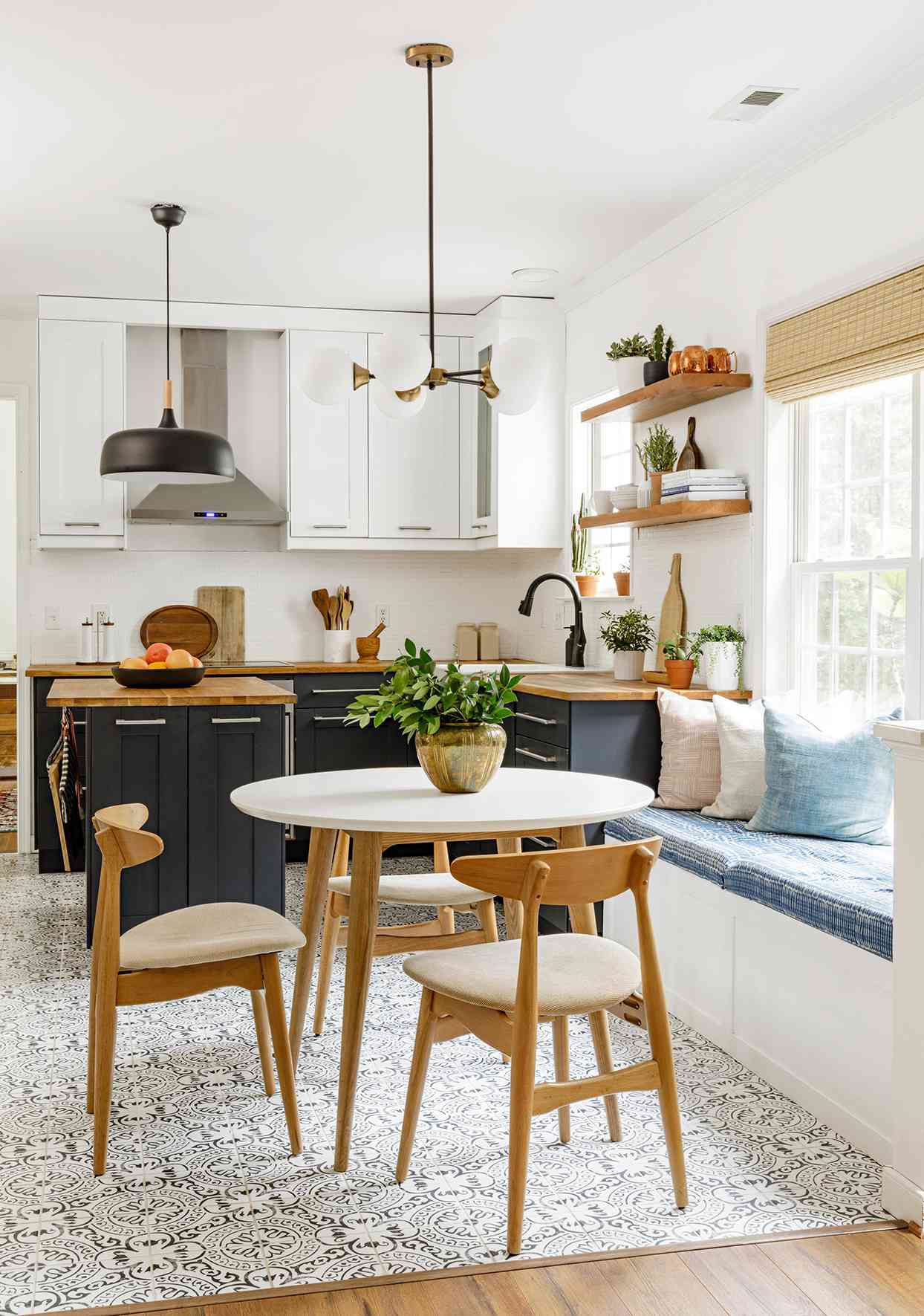



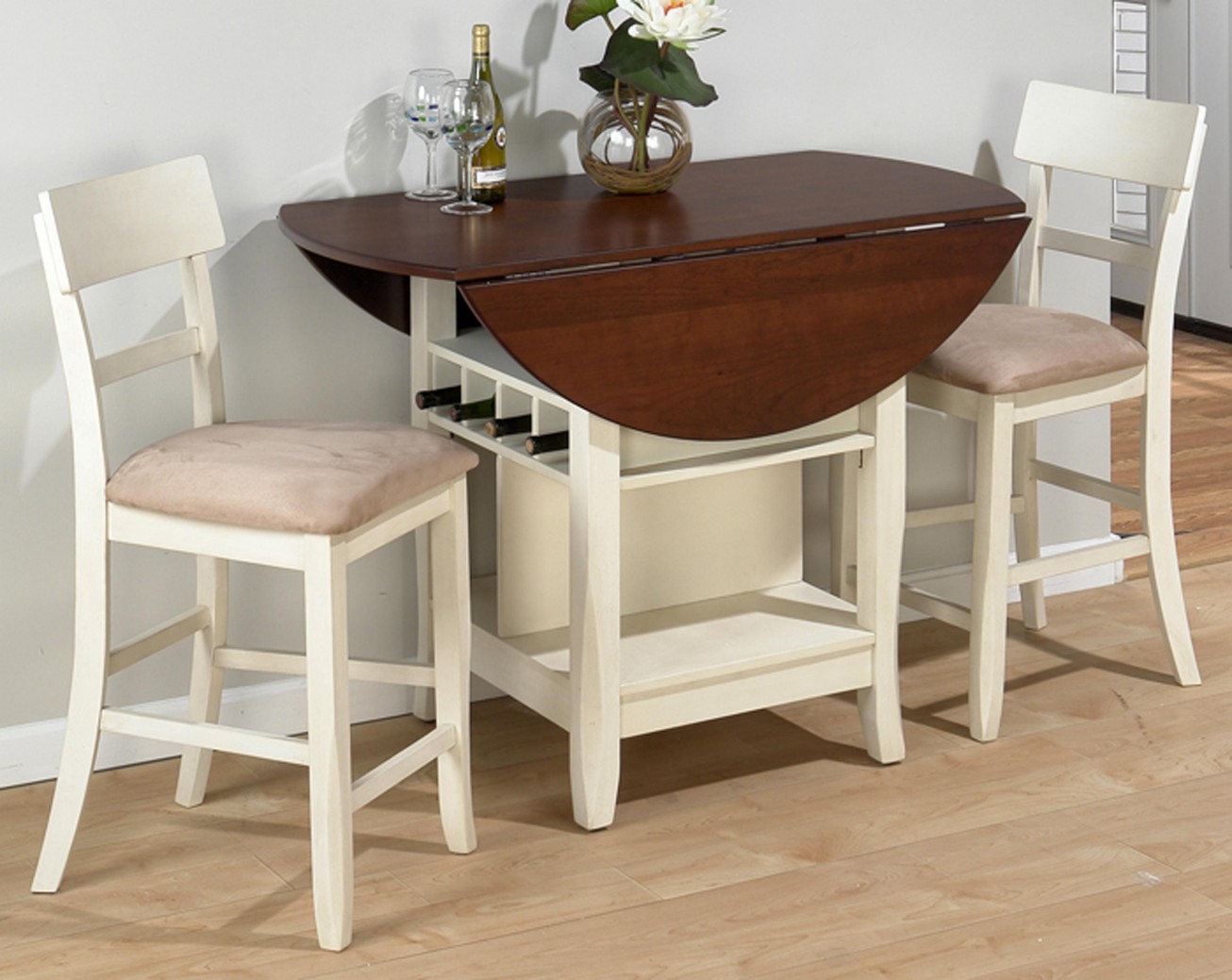






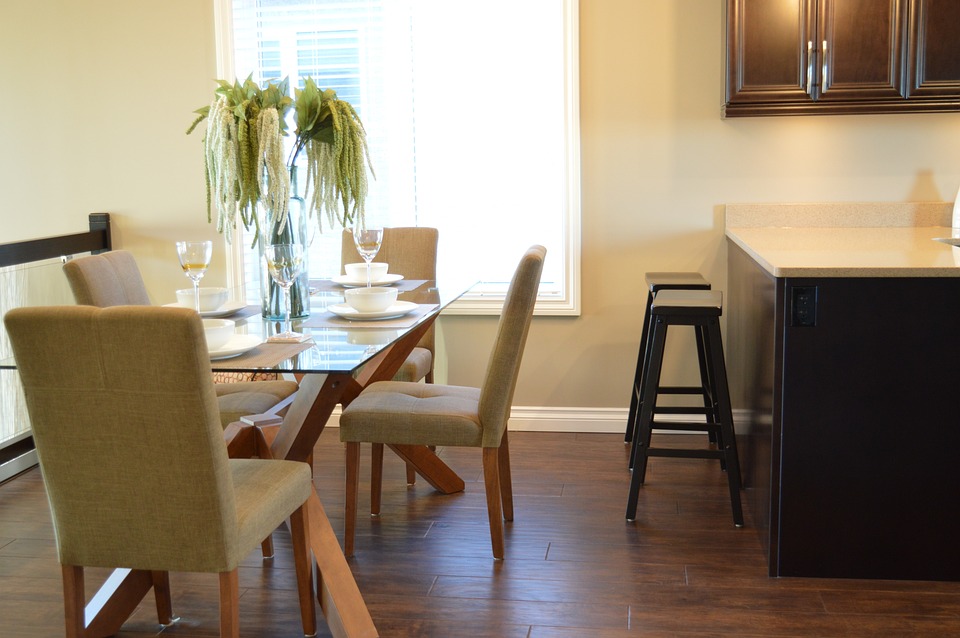



:max_bytes(150000):strip_icc()/Dining-table-shapes-1391525-V1-2922f1384f28456892b5901f75afcddb.gif)






